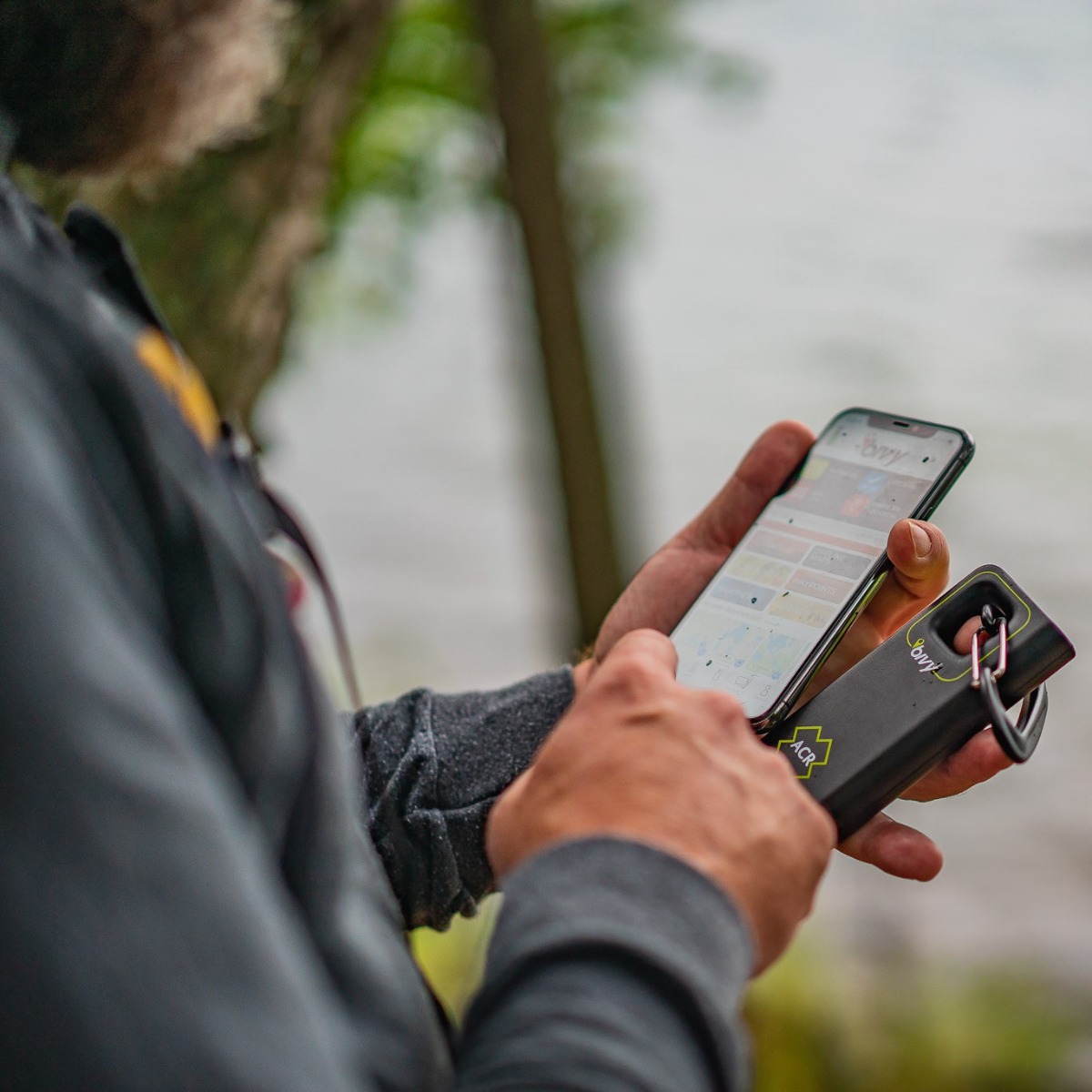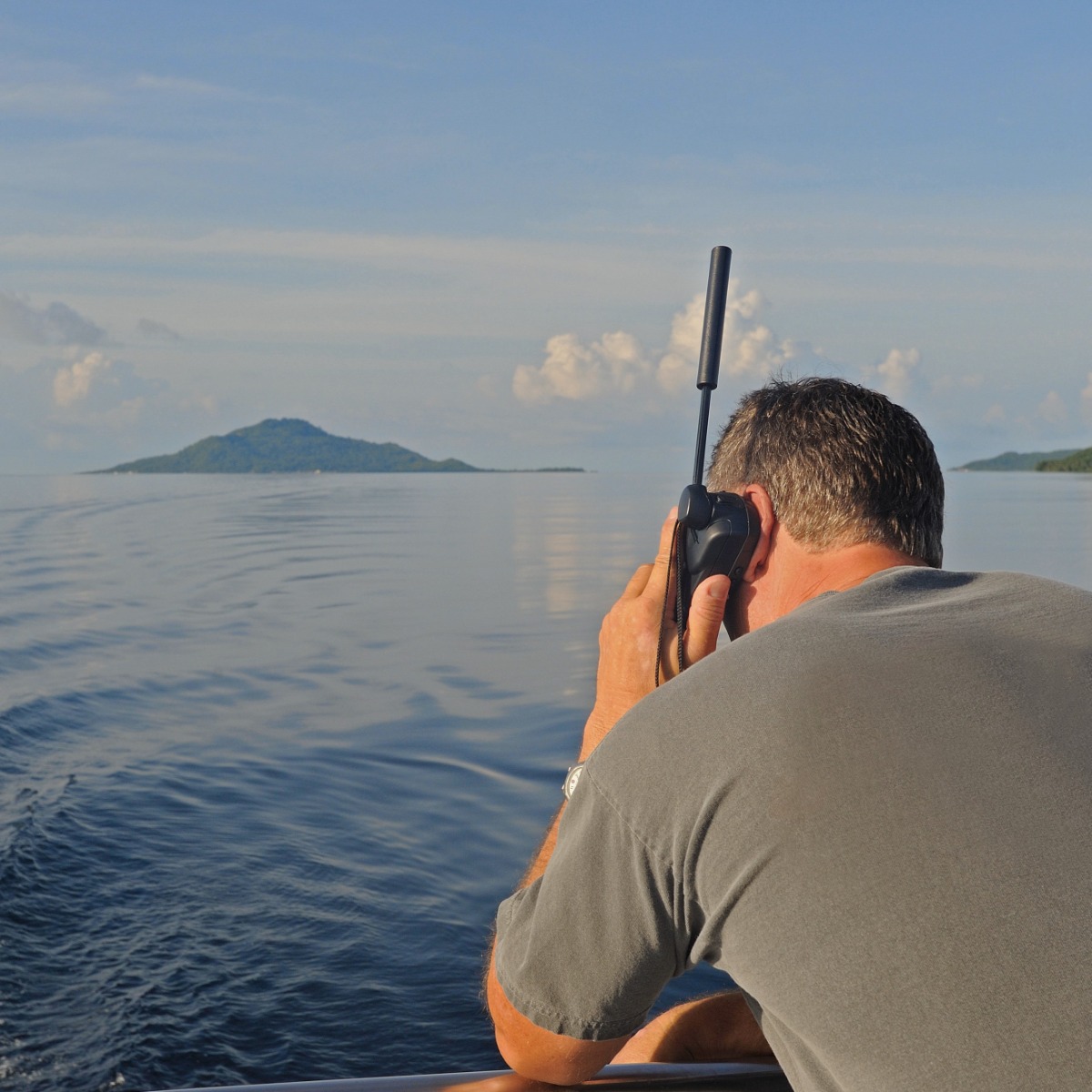Exploring Satellite Communication: Finding Your Ideal Device for Off the Grid Connectivity
Posted By Adam S On Tuesday, 26 September 2023
In today's evolving technological landscape, satellite communication devices have emerged as pivotal tools, ensuring we remain connected in places where conventional cellular or internet connectivity might be lacking.
Imagine you're embarking on an adventurous hike across remote terrains, sailing across the vast expanse of the open seas, or unfortunately faced with the immediate aftermath of a devastating storm or another natural calamity. In such situations, connectivity alone is not the sole requirement and it's essential that the communication device you rely on is perfectly tailored to meet your unique needs.
Now, let's delve deeper into the various types of these devices, pointing out their their distinctive features and the ideal scenarios to utilize them:
Satellite Messengers

Features: Messaging, Tracking, & SOS
When to Use: Hiking, Camping, In Shore Boating & When Simple Off Grid Communications or Tracking is Needed
How To Use: Use Device for Simple Commands or Control via Mobile App
Benefits: Easy to Use, Portable, Compact & Lightweight, Cost Effective
Popular Devices: ACR Bivy
| Learn More |
Satellite Access Point
 Features: Calls, Messaging, Emails, GRIB/Weather Files, Smartphone Apps
Features: Calls, Messaging, Emails, GRIB/Weather Files, Smartphone Apps
When to Use: Emergency Communications, Offshore Boating, Robust Off Grid Communication Needs
How To Use: Connect Device to Smartphone, Tablet, or Other Wireless Device
Benefits: Robust Communications, Ability to Write Emails and Use Apps on Multiple Devices
Popular Devices: Iridium GO!® , Iridium GO! exec®
| Learn More |
Satellite Phones

Features: Call, Text, & SOS
When to Use: At Sea, Off The Grid, Emergency Communications & Anytime Cell Coverage is Unavailable
How To Use: Follow Dial Instructions & Use As You Would a Normal Phone
Benefits: Easy To Use, Portable, Reliable, Ability to Make and Receive Voice Calls
Popular Devices: Iridium 9555, Iridium Extreme, Inmarsat IsatPhone 2
| Learn More |
Choosing The Right Satellite Phone For You
Comparing different satellite phones and guiding users to the phone that best meets their requirements is something we do daily. Over the years our customers have presented countless different scenarios of needs and we could probably fill a book if we were to compare every possible feature and apply those to the different applications of satellite phone users.
Coverage
People that purchase satellite phones expect them to work off the grid, and many people assume they will work everywhere. The reality is some of these devices do offer truly global coverage so the user never has to consult a coverage map. Others are limited to specific regions.
1. Iridium 9555 and Iridium 9575 Extreme
Powered by a uniquely sophisticated global constellation of 66 cross-linked low earth orbit satellites, the Iridium network provides high-quality voice and data connections over the planet’s entire surface, including across airways, oceans, and polar regions. Iridium completed a constellation upgrade in early 2019, replacing all its satellites and upgrading the supporting ground infrastructure.
2. Inmarsat IsatPhone 2
Inmarsat owns and operates 13 satellites in geostationary orbit 35,786km (22,236 miles) above the Earth. Inmarsat provides the L Band GSPS service for the IsatPhone 2 via their three award-winning (I-4) satellites, offering seamless coverage around the entire globe. Only the polar regions are without coverage due to the curvature of the earth.
Features
Most satellite phones are not smart phones. With the exception of the Andriod OS-powered Thuraya X5 Touch, satellite phones are pretty basic tools built to be reliable for communicating off the grid. There are some essential features, such as an SOS alerting capability and the ability to send text messages, that most satellite phones now include.
1. Inmarsat IsatPhone 2
The IsatPhone 2 by Inmarsat packs quite a punch for it's attractive price point. It has a built-in GPS that allows users to view their position and send via text or email. It offers tracking and has a dedicated assistance button. The high contrast color display is sunlight viewable, which is crucial for any device made to be used outdoors. It has built in bluetooth, audible minute minder feature, alarm and an eCompass. The 160 hour battery life is the longest lasting in the market.
2. Iridium 9575 Extreme
The Iridium Extreme comes with all the essential feature needed in an off the grid communications tool. It has a dedicated SOS button, and it offers GPS tracking. The 200 character display is daylight readable and backlit. It offers two way texting, it has a integrated speaker phone and 21 supported menu languages. Battery life is 30 hours in standby mode.
3. Iridium 9555
The 9555 is Iridium's base model satellite phone. It has a 200 character illuminated display and illuminated keypad. The handset has a sleek ergonomic design and offers enhanced two-way texting and easy to hear speaker phone. Battery life is 30 hours in standby mode.
Cost
Cost is important to consider when making any purchase, and satellite phones are no different. But when looking at cost it is important to evaluate what you are getting for the money spent to assess the true value. When making that evaluation we will consider the durability and features of the device and the availability of satellite coverage each network offers. Subscription fees and usage costs are also important considerations when purchasing a sat phone.
1. Inmarsat IsatPhone 2
The IsatPhone 2 sells for $649. It is not the least expensive phone we offer, but because of the value proposition we have decided to rank it the highest. Features like built-in GPS, 2 way texting, SOS and tracking; plus the global network coverage make it an extremely attractive offer. Minimum cost for full year of service is $440 and typical usage fees for voice calls are $0.99 per minute.
2. Iridium 9555
The Iridium 9555 standard package is $1,049. Iridium phones cost a bit more than those from Inmarsat and Globalstar, but the value of its brand new, truly global network is a crucial factor to consider. The 9555 offers two-way texting but no tracking or SOS services. Minimum cost for full year of service is $639 and typical usage fees for voice calls are $1.30 per minute.
3. Iridium 9575 Extreme
Iridium 9575 Extreme packages start at $1,295. Even though it is more expensive than its cousin the 9555, we are going to rank it the same due to its additional features of tracking and SOS. Minimum cost for full year of service is $639 and typical usage fees for voice calls are $1.30 per minute.
Durability
Durability is extremely important to most satellite phone users because they often need to use the device in extreme conditions and outdoors. We analyzed the ingress protect (IP) rating for each phone and the over all construction of the device.
1. Inmarsat IsatPhone 2
Like the Iridium Extreme, the IsatPhone 2 by Inmarsat has an IP65 enclosure. This robust handset has been engineered to cope with anything that nature can throw at it - from searing heat to icy blasts; desert sandstorms or monsoon rain. It also carries an IK04 rating, denoting that the device is protected against 0.5 joules impact. Equivalent to impact of 0.25 kg mass dropped from 200 mm above impacted surface.
2. Iridium 9575 Extreme
The Iridium 9575 Extreme is ruggedly engineered to support high frequency users in the harshest conditions. It has an IP65 rated enclosure, which means it is "dust tight" and protected against water projected from a nozzle. It also has passed the rigorous MIL-STD 810F testing. The Extreme is designed to have everything sealed and is a top choice among military and public safety professionals.
3. Iridium 9555
Although the 9555 was not built to spec like its cousin the Iridium Extreme, it is still ruggedly built and can handle any environment: from baking desert to frozen ice parks. It boasts an illuminated, weatherproof keypad, hand-friendly form and aerodynamic features such as an internally stowed antenna.

